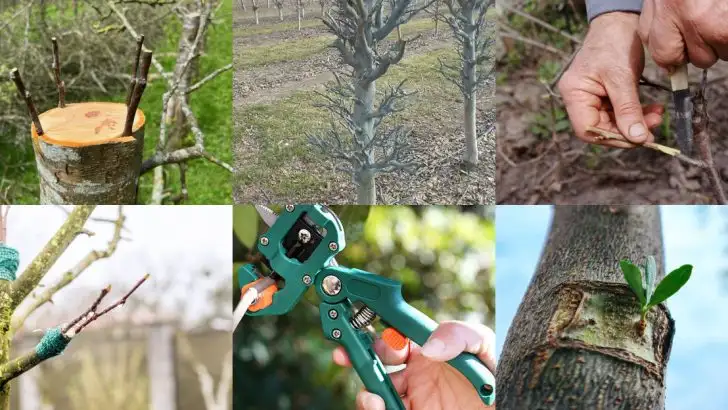Grafting sounds like plant surgery—because it basically is. You’re slicing, splicing, and forcing two trees to become one. It’s weird. It’s magical. It’s kind of dramatic. And it’s also how we get the best fruit. Want apples that actually taste like apples? Peaches that don’t break your heart? Grafting makes it happen. But before you start playing Dr. Frankenstein in the orchard, there’s a learning curve. Cut at the wrong angle, match the wrong wood, or tape like a maniac, and you’ll end up with a sad stick instead of a thriving tree. This guide spills the dirt on what beginners always miss. From rootstock choices to timing tricks, these 15 tips will save you a ton of frustration—and maybe even a few trees. Because grafting isn’t just a skill. It’s a fruit-growing superpower.
Understanding Grafting Basics
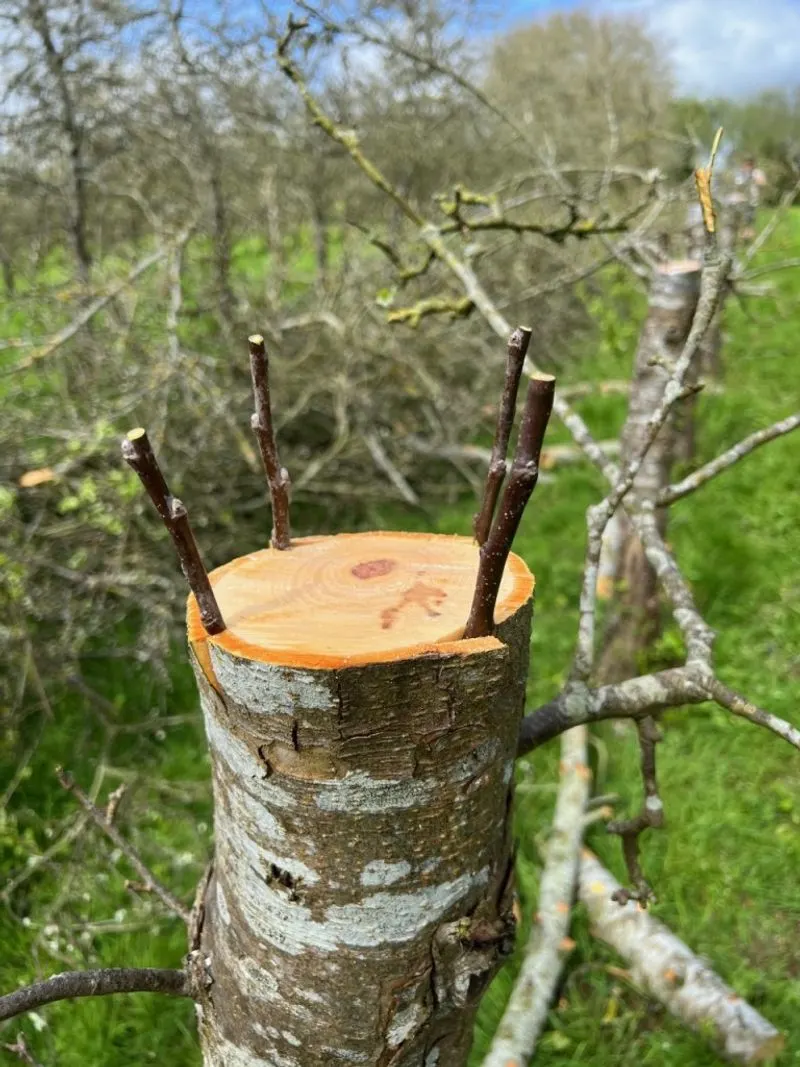
At its core, grafting is the art of joining two plant parts so they grow as one. This technique is employed to combine the best traits of different plants, like disease resistance and superior fruit quality. Imagine the satisfaction of merging these characteristics into a single flourishing tree! For beginners, mastering this fundamental concept is crucial. It’s the foundation upon which all successful grafts are built. Think of it as learning the alphabet before writing poetry. With practice, your hands will skillfully craft new life forms.
Selecting the Right Scion
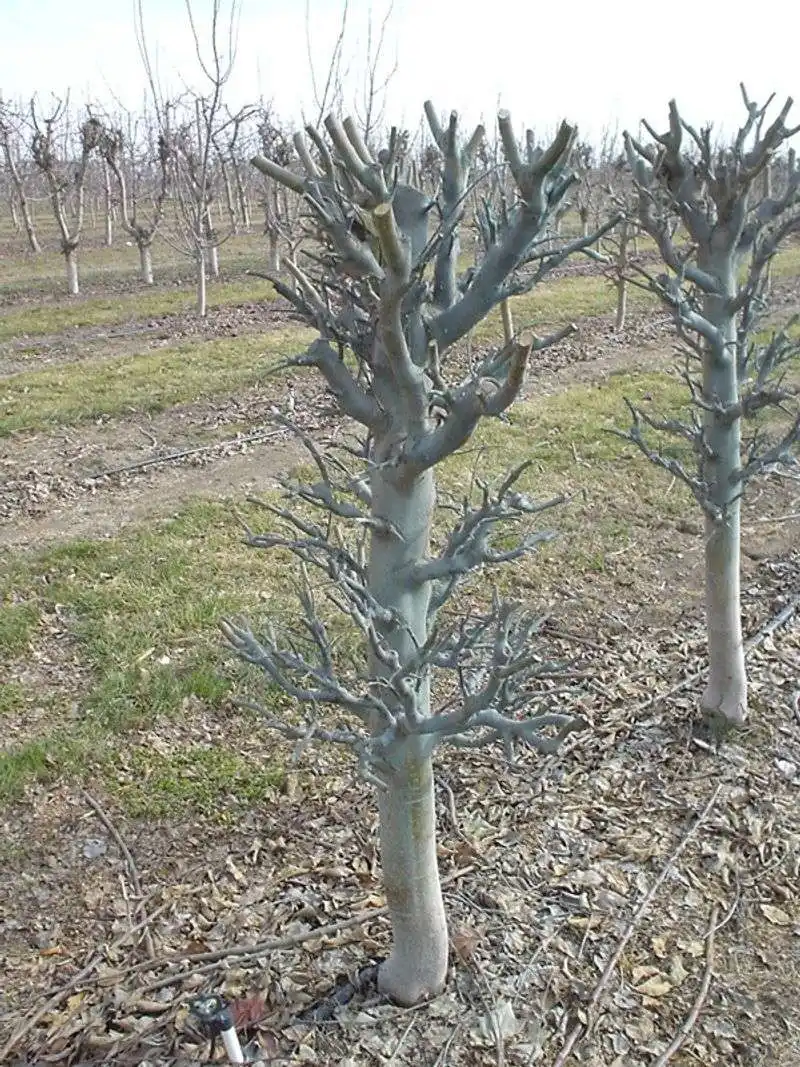
Choosing the perfect scion ensures your grafting efforts bear fruit, literally! A healthy scion is the very essence of the desired fruit variety. Picture a vibrant, disease-free branch, ready to breathe new life into another tree. This choice determines the quality and success of your graft. Beginners often overlook this step, but think of the scion as a blueprint for your fruit tree’s future. A mismatch here, and the results might not meet expectations, so choose wisely and watch as nature collaborates in your orchard.
Rootstock Selection
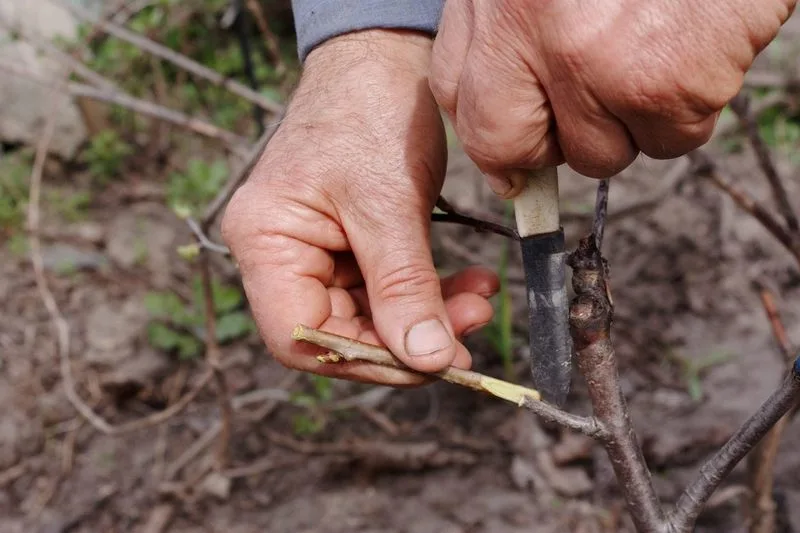
Rootstock serves as the sturdy foundation of your grafted tree, anchoring it and influencing its growth. Imagine a robust base supporting the scion’s potential. Choosing the right rootstock involves considering factors like soil compatibility and disease resistance. It’s like selecting the perfect pair of shoes for a long journey; comfort and durability make all the difference. For beginners, understanding rootstock selection is vital to ensure healthy growth and bountiful yields. With the right match, your grafted trees will thrive.
Timing is Everything
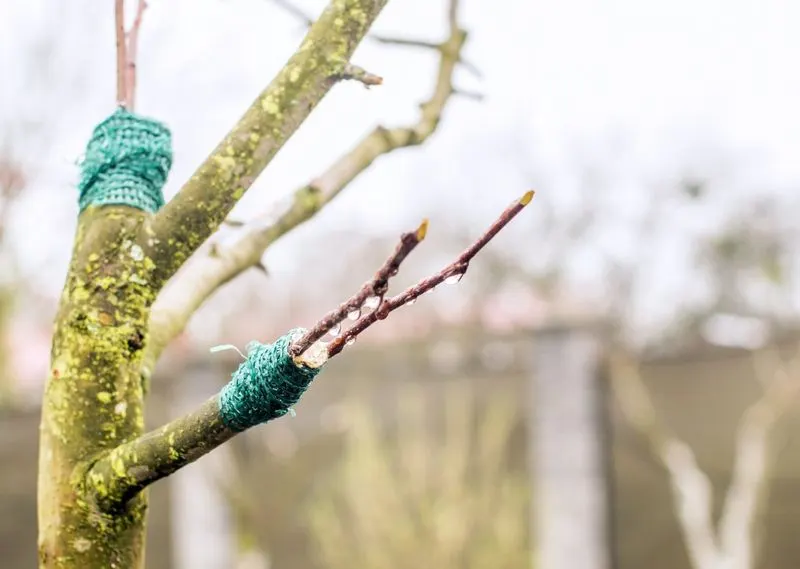
Grafting success hinges on perfect timing. The plant’s natural cycles offer the best clues for when to graft. Picture a symphony conductor, waiting for just the right moment to cue the orchestra. Similarly, grafting should align with the tree’s active growth phase, typically in spring or fall. This timing ensures the plant parts bind seamlessly, setting the stage for healthy development. For novices, this knowledge transforms grafting from guesswork to an orchestrated event, ensuring each graft flourishes.
Essential Tools for Grafting

Having the right tools is akin to an artist possessing the correct brushes and paints. A sharp knife, pruning shears, and grafting tape are indispensable in your toolkit. These tools facilitate precise cuts and secure bindings, which are crucial for successful grafts. Imagine attempting a delicate operation without the necessary instruments; the outcome would be uncertain at best. For beginners, investing in quality tools ensures that each graft is crafted with precision, paving the way for artistic expression in horticulture.
Techniques and Methods
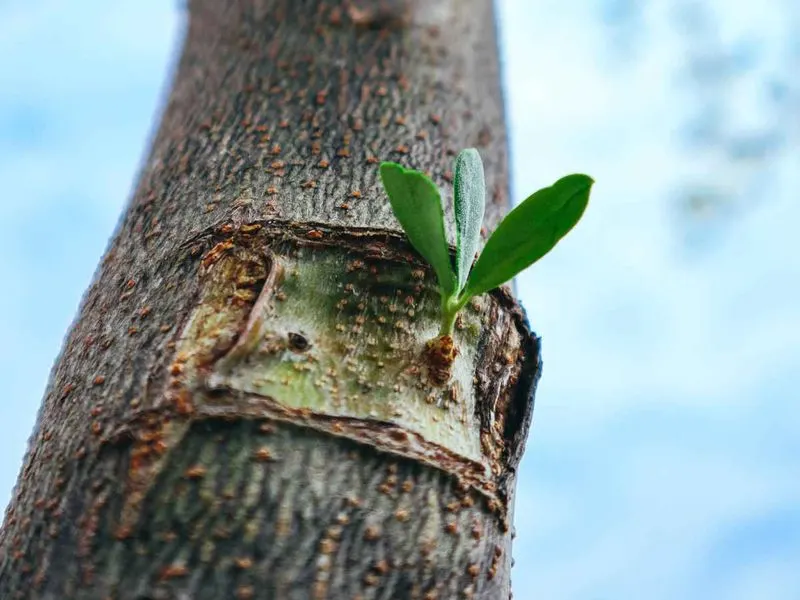
Different grafting techniques offer unique advantages, tailored to specific plants and conditions. Picture a chef with a repertoire of recipes, each suited to particular ingredients. Whip, tongue, and cleft grafts are among the popular methods, each requiring different skills. Beginners should experiment to find the technique that resonates most with their style and their plant’s needs. Mastering these methods opens a world of possibilities, allowing one to tailor grafts for optimal growth and fruiting.
Caring for Grafted Trees

Post-grafting care is where the real nurturing begins. Imagine a parent carefully tending to a child, ensuring they have everything needed to thrive. Grafted trees require attention to watering, support, and protection from pests. This care period is crucial for the graft to heal and integrate seamlessly. For beginners, understanding this nurturing phase is as important as the grafting itself. With patience and dedication, your grafted trees will grow robust and healthy, yielding the fruits of your labor.
Recognizing Graft Compatibility
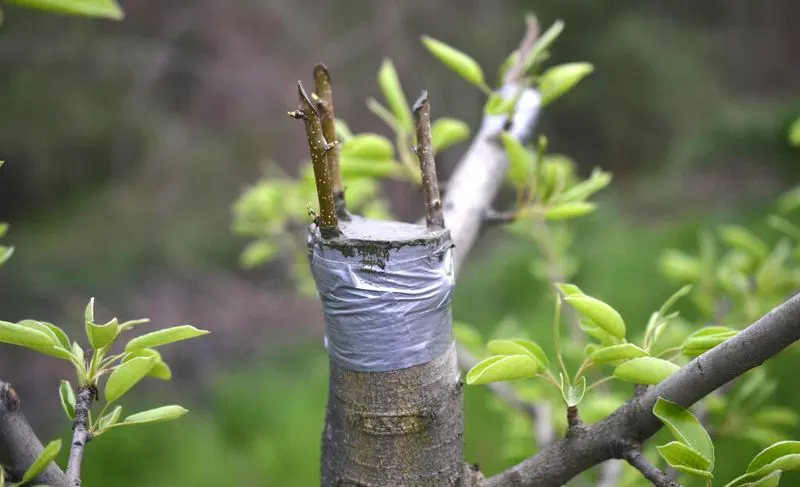
Graft compatibility is like finding the right dance partner; the two must move in harmony. Successful grafts require compatibility between the scion and rootstock. This compatibility ensures nutrient and water flow, essential for growth. Beginners might picture this as a puzzle piece fitting perfectly into its place. Missteps here can result in graft failure, so understanding plant compatibilities is key. When the right pairing is achieved, the new tree will flourish, delighting with its bounty.
Avoiding Common Mistakes
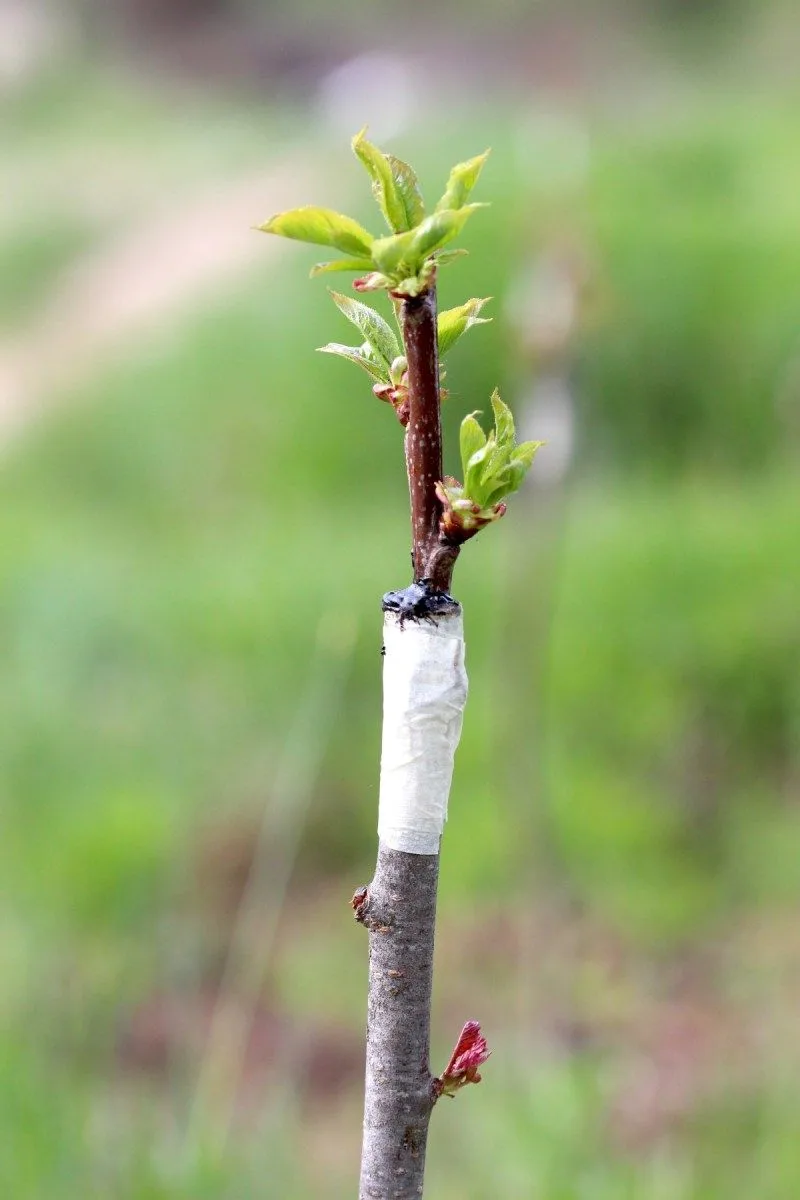
Grafting is as much about learning from errors as it is about proper technique. Mistakes like improper cuts or poor timing are common hurdles for beginners. Think of these as the potholes on your grafting journey. Awareness of these pitfalls allows for smoother progress. With careful attention and practice, you can sidestep these issues and improve your skills. Embrace each mistake as a lesson, and with time, your grafting expertise will blossom, producing healthy, vibrant trees.
The Role of Weather
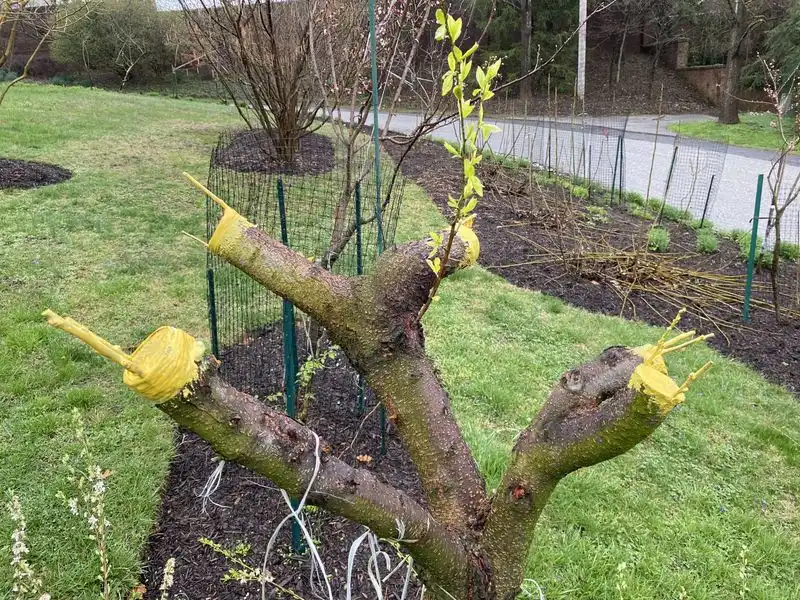
Weather plays a pivotal role in the success of grafting efforts. Imagine planning a picnic; the weather forecast is crucial. Similarly, temperature and humidity influence the healing process of grafts. Ideal conditions are neither too hot nor too cold, allowing the graft to settle and grow. Beginners should monitor weather patterns closely when planning grafts. By aligning your activities with favorable conditions, the chances of success increase, leading to prosperous growth and abundant harvests.
Understanding Plant Anatomy
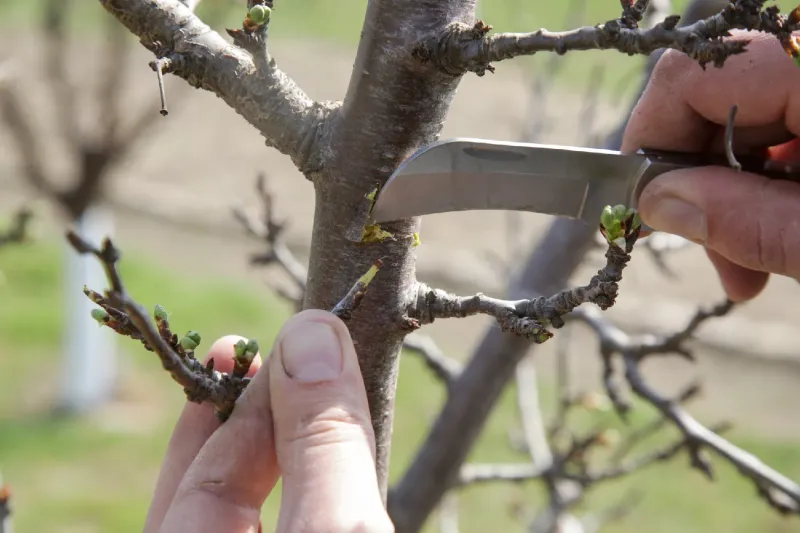
Knowledge of plant anatomy is akin to a mechanic understanding engine parts; it’s essential for precision work. Recognizing where to make cuts ensures successful grafts. A beginner might visualize this as a road map highlighting key landmarks. Proper identification of cambium layers, where growth occurs, is crucial for grafting. With this understanding, the alignment of scion and rootstock becomes a calculated task, increasing the likelihood of a strong union and vibrant tree growth.
Benefits Beyond Fruit

Grafting offers benefits beyond just enhancing fruit variety. Imagine a garden where trees are tailored for size, disease resistance, and even ornamental appeal. This technique allows gardeners to cultivate trees that fit specific needs and environments. Beginners often discover that grafting extends their creative expression, crafting a personalized orchard. The ability to influence a tree’s characteristics makes grafting a versatile tool in horticulture, opening doors to innovative landscaping possibilities.
Patience and Persistence
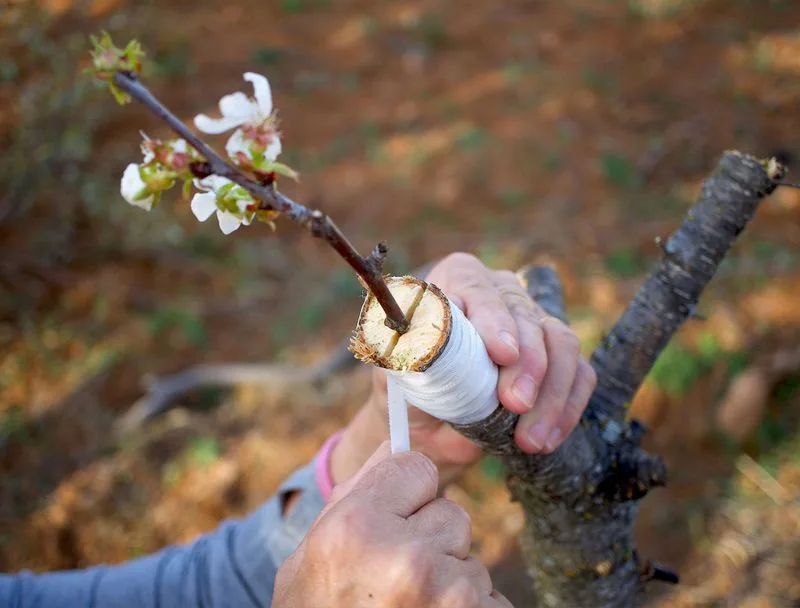
Grafting requires a patient heart and a persistent spirit. Like an artist waiting for paint to dry, the results of grafting unfold over time. Beginners may feel eager for immediate results, but patience is the true companion on this journey. Each graft tells a story of care and time, culminating in a fruitful ending. Embrace the waiting period as part of the process, knowing that with persistence, the fruits of your labor will eventually reward you with bountiful harvests.
Documenting Your Journey
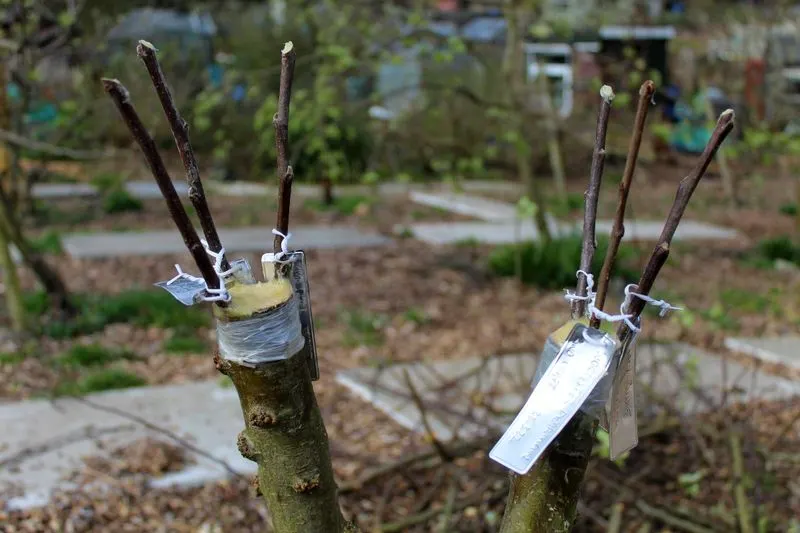
Keeping records of your grafting experiences creates a valuable resource for future endeavors. Imagine compiling a personal cookbook filled with tried and tested recipes. Your notes on techniques, successes, and lessons learned become a guidebook for refining skills. Beginners benefit from this practice by tracking progress and identifying what works best. Over time, this documentation transforms into a cherished archive, enriching your grafting journey and inspiring continuous learning and improvement.
Sharing Knowledge
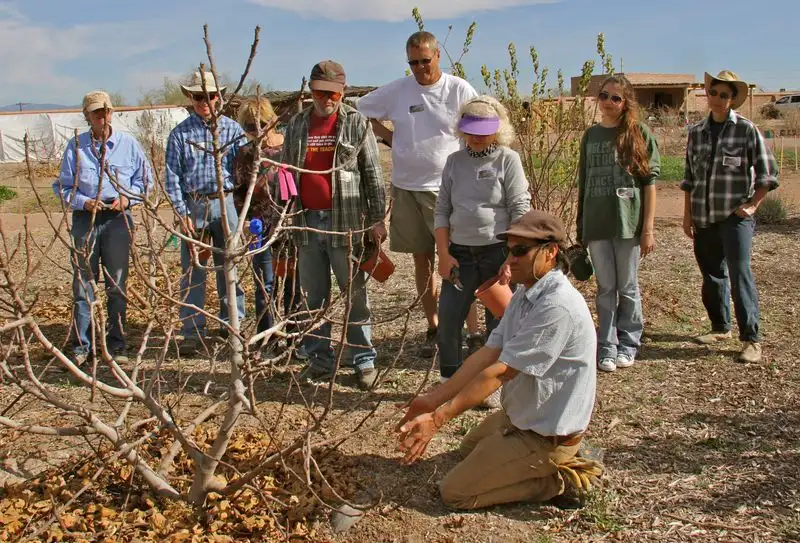
Sharing your grafting experiences with others enriches both teaching and learning experiences. Picture a community coming together, exchanging stories and insights. Beginners find great joy and growth by participating in such exchanges. Teaching others not only reinforces your knowledge but inspires innovation. By fostering a community of shared learning, the art of grafting evolves, benefitting everyone involved. Your stories and insights become part of a larger tapestry, weaving new connections and friendships among fellow enthusiasts.

